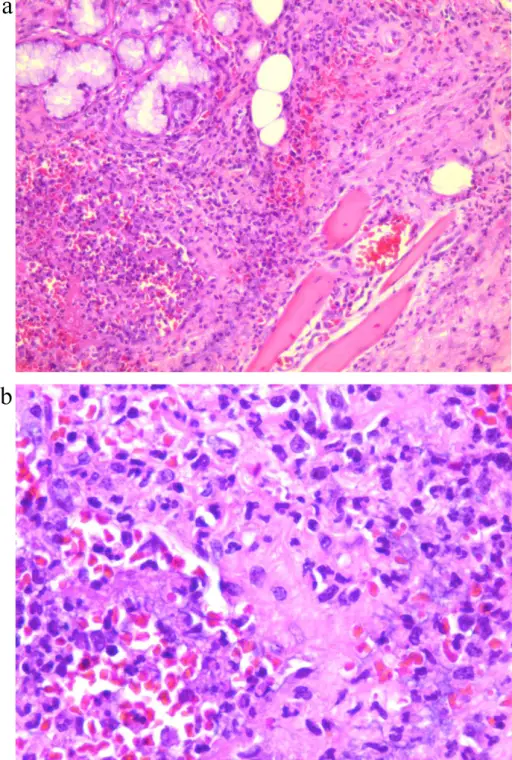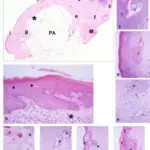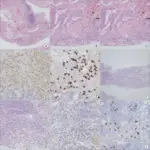Acute inflammation is the cellular process of responding to cell damage or infection in the short term.
Summary of Acute Inflammation: Injury or infection causes release of cell signals that recruit inflammatory cells that try to fix the issue. Signs of acute inflammation include rubor, tumor, calor, and dolor.
Acute inflammation may involve the following processes:
- Reactions of Blood Vessels
- Changes in Vascular Flow and Caliber
- Increased Vascular Permeability (Vascular Leakage)
- Responses of Lymphatic Vessels and Lymph Nodes
- Leukocyte Recruitment to Sites of Inflammation
- Leukocyte Adhesion to Endothelium
- Leukocyte Migration Through Endothelium
- Chemotaxis of Leukocytes
- Phagocytosis and Clearance of the Offending Agent
- Phagocytosis
- Intracellular Destruction of Microbes and Debris
- Neutrophil Extracellular Traps
- Leukocyte-Mediated Tissue Injury
- Other Functional Responses of Activated Leukocytes
Mediators of Inflammation Include:
- Vasoactive Amines: Histamine and Serotonin
- Arachidonic Acid Metabolites
- Cytokines and Chemokines
- Complement System
- Other Mediators of Inflammation
Morphologic Patterns of Acute Inflammation Incude:
- Serous Inflammation
- Fibrinous Inflammation
- Purulent (Suppurative) Inflammation
- Abscess
- Ulcers
Termination of the Acute Inflammatory Response
Outcomes of Acute Inflammation



